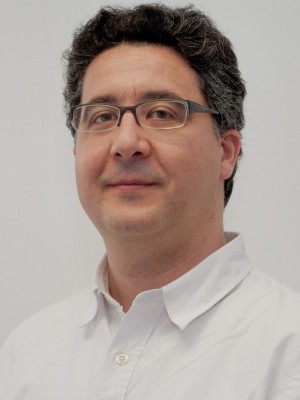abstract
Size and structure effects on the homolytic water dissociation reaction mediated by Pt nanoparticles have been investigated through density functional theory calculations carried out on a series of cubooctahedral Pt-n nanoparticles of increasing sizes (n = 13, 19, 38, 55, 79, and 140). Water adsorption energy is not significantly influenced by the nanoparticle size. However, activation energy barrier strongly depends on the particle size. In general, the activation energy barrier increases with nanoparticles size, varying from 0.30 eV for Pt-19 to 0.70 eV for Pt-140. For the largest particle the calculated barrier is very close to that predicted for water dissociation on Pt(111) (0.78 eV) even though the reaction mediated by the Pt nanoparticles involves adsorption sites not present on the extended surface. (C) 2012 American Institute of Physics. [http://dx.doi.org/10.1063/1.4733984]
keywords
GAS-SHIFT REACTION; TOTAL-ENERGY CALCULATIONS; AUGMENTED-WAVE METHOD; LOW-TEMPERATURE; METAL NANOPARTICLES; FUNDAMENTAL-ASPECTS; CATALYTIC-ACTIVITY; GOLD CATALYSTS; SOLID-SURFACES; PARTICLE-SIZE
subject category
Chemistry; Physics
authors
Fajin, JLC; Bruix, A; Cordeiro, MNDS; Gomes, JRB; Illas, F
our authors
Projects
Centre for Research in Ceramics and Composite Materials - CICECO (LA0011: 2011-2012) (PEst-C/CTM/LA0011/2011)
Computational Design of new catalysts for the water gas shift reaction (PTDC/QUI-QUI/117439/2010)
acknowledgements
Financial support has been provided by Portuguese Fundacao para a Ciencia e Tecnologia (FCT), FEDER, and Programme Ciencia 2007 (Grant Nos. PEst-C/EQB/LA0006/2011 to REQUIMTE and PEst-C/CTM/LA0011/2011 to CICECO and project PTDC/QUI-QUI/117439/2010 co-financed by Programa COMPETE), by Spanish MICINN grants FIS2008-02238 and, in part, by Generalitat de Catalunya (Grant Nos. 2009SGR1041 and XRQTC). J.L.C.F. acknowledges FCT for the grant SFRH/BPD/64566/2009 co-financed by the Fundo Social Europeu (FSE). A.B. acknowledges the Spanish MICINN for a predoctoral grant. F.I. acknowledges additional support through 2009 ICREA Academia award for excellence in research. Computational time has been generously provided by the Barcelona Supercomputing Centre through the HPC-Europa2 programme.


